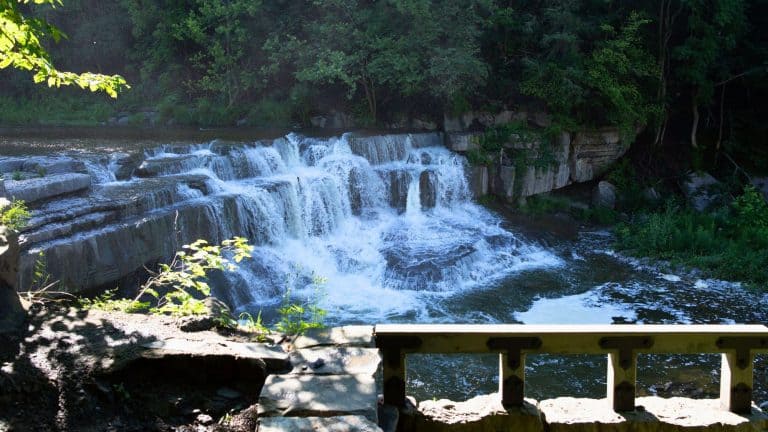Found By Accident contains affiliate links and is a member of the Amazon Services LLC Associates Program. If you make a purchase using one of the Amazon links (or other affiliate links), we may receive compensation at no extra cost to you. See our disclosure policy for more information.
15 World-Famous Sights That Are Seriously Smaller Than You Think
Traveling is all about seeing the world, right? New places, new experiences – new surprises, too. And sometimes, those surprises come in the form of something being, well… not quite the size you thought.
You’ve got your mental checklist of grandiose landmarks and iconic sights, prepared to be awestruck, and then – that’s it? Turns out, hype and reality don’t always shake hands. Some things are so hyped up they feel like they’re towering in your head until you come face-to-face, and suddenly you feel taller than you’ve ever been.
It’s not bad; it’s just unexpected. But hey, that’s part of the adventure, right?
So stick around for a dose of “wait, that’s it?” and don’t forget to drop a comment on MSN about the spot that left you rethinking its reputation.
The Thinker – Paris, France

Rodin’s famous creation, The Thinker, might be pondering life’s big mysteries, but visitors often end up debating one of their own. While the massive version at the Musée Rodin gets all the press, many of the other casts of this philosophical fellow are downright petite.
If you’re expecting him to loom over you like a silent, stone Socrates, you might be left scratching your own head. His thoughtful pose makes him iconic – although you may also wonder if his deep concentration stems from realizing he forgot where he put his keys.
Either way, The Thinker proves that size doesn’t always matter when it comes to artistic genius; sometimes, all you need is a guy sitting on a rock, solving the mysteries of the universe… or at least trying to.
Stonehenge – Wiltshire, England
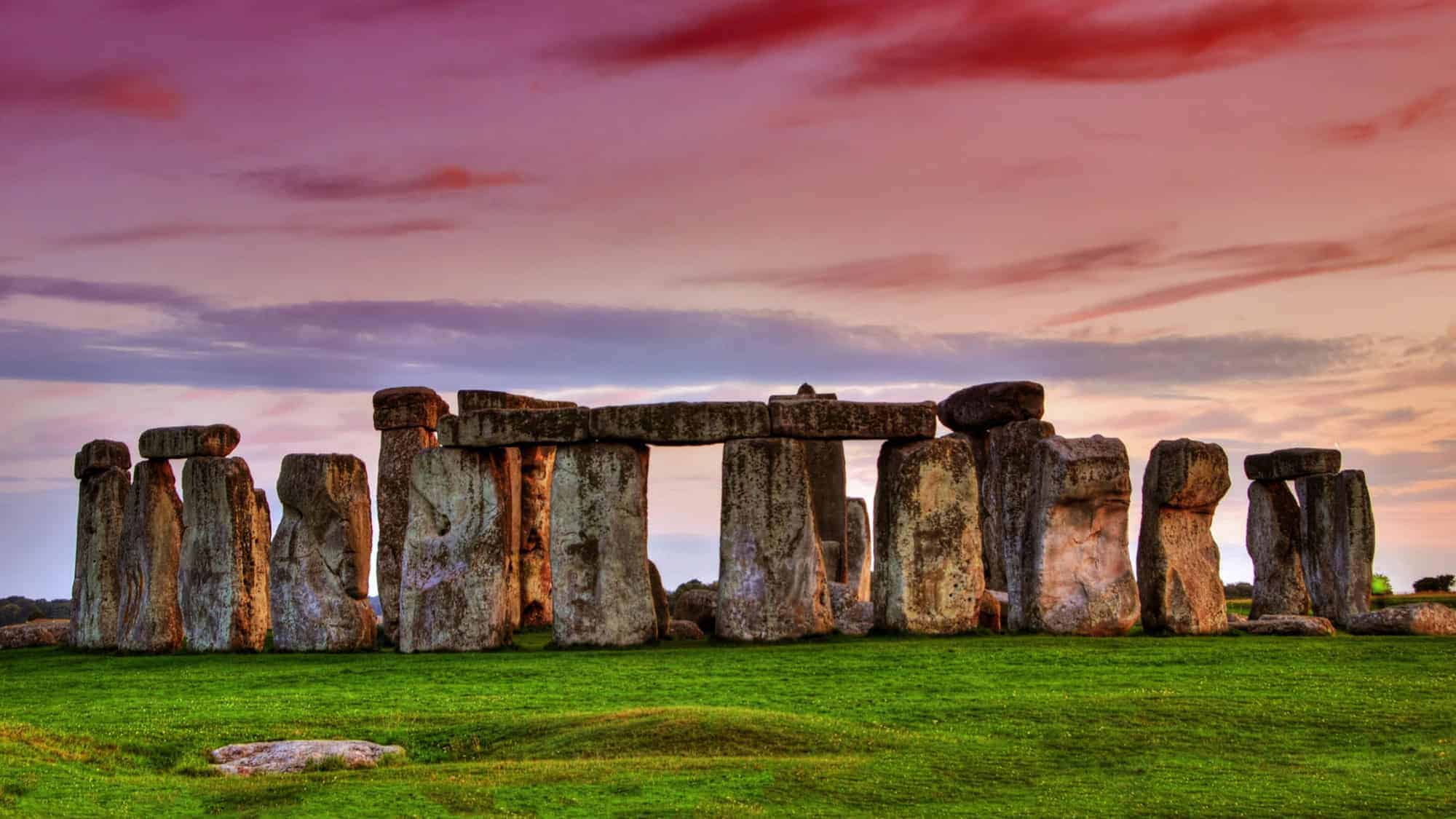
You’d think ancient monoliths shrouded in mystery would leave you awestruck by their sheer size, right? Well, not quite. Stonehenge does have stones that weigh as much as an average truck (or 30), but up close? The tallest ones are just 13 feet.
That’s barely enough to intimidate your upstairs neighbor’s anime figurine collection. Of course, the real magic lies in how these Neolithic architects possibly hoisted these enormous rocks up without a single crane… or coffee break.
And don’t even get started on why they did it in the first place, though some theories are more plausible than others (spoiler: aliens probably didn’t help). It’s still pretty cool, but be prepared for a little less spectacle and a lot more “Wait, this is it?” when you see it IRL.
Alamo Mission – San Antonio, Texas

“Remember the Alamo!” they said. “It’s smaller than you think!” they didn’t add. This historic landmark in San Antonio is undeniably rich in history, but its famous facade is modest to the point of chapel-cozy rather than fortress-grand.
People dreaming of towering battlements may stop in their tracks, thinking, “Are we sure this isn’t the maintenance shed?” But to its credit, the Alamo played a big part in Texas’s fight for independence, which is no small feat in itself.
True, it’s not designed for epic battle scenes or dramatic photo ops, but its quiet stature might be a nice break from excessively flashy monuments. Plus, if you squint hard enough, you can totally imagine those historic battles raging on.
Moulin Rouge – Paris, France
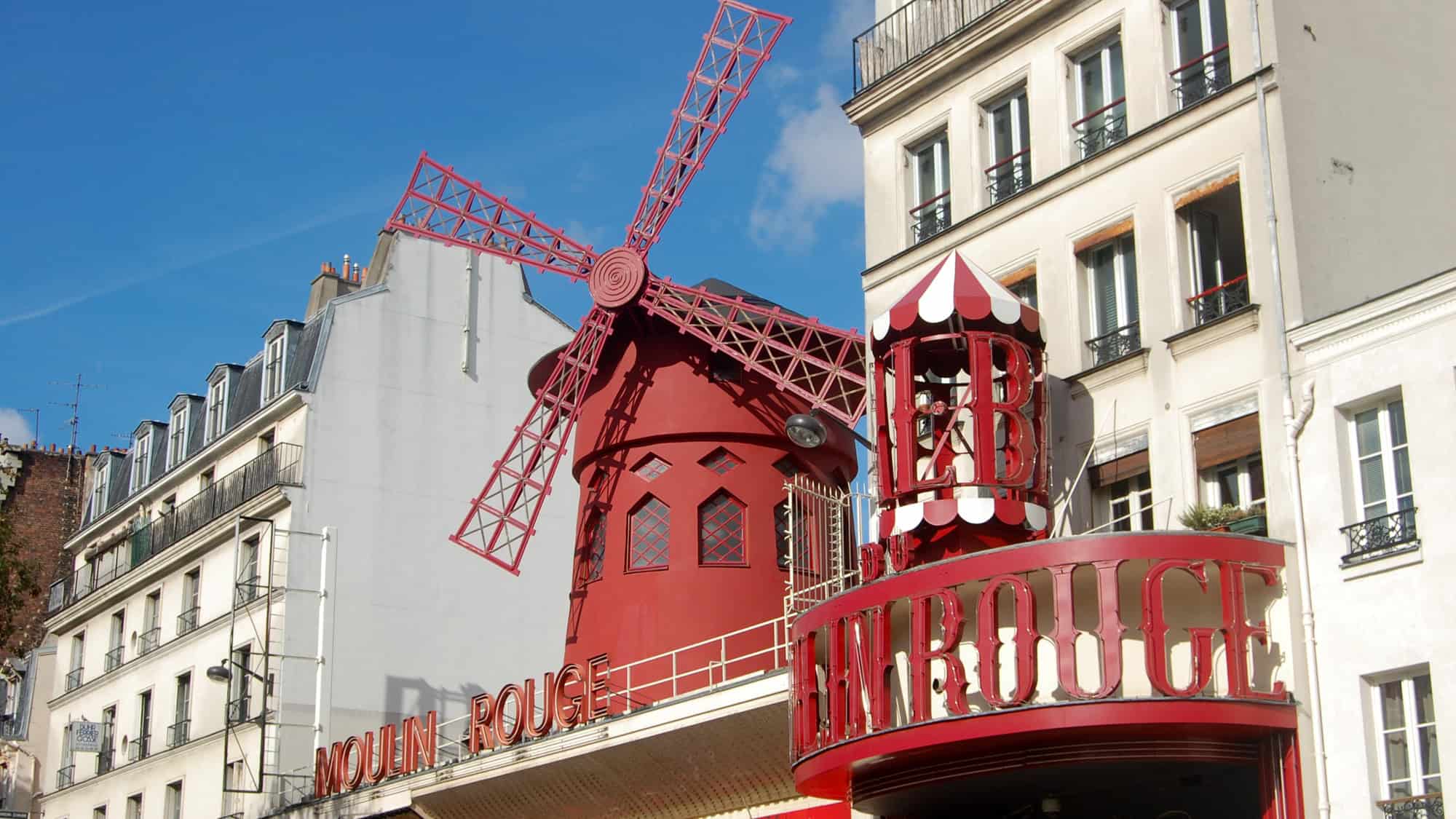
You hear “Moulin Rouge” and what comes to mind? Opulance? Allure? A windmill that might actually, you know, do something? Nope. What you’re getting is more like a decorative birthday hat for a building.
This tiny red windmill perched on its roof doesn’t even pretend to grind flour or power anything – it’s just there, looking jaunty amid the Parisian skyline. And while you might envision a palatial cabaret venue big enough to house half of France, the actual space isn’t nearly that extravagant.
It’s charming, sure, but don’t expect anything from a Baz Luhrmann set. For a spot that invented the can-can and embodies endless frivolity, the Moulin Rouge gets to call the shots… even if its famous windmill is more “conversation piece” than “engineering marvel.”
Statue of David (Original Copy Outside) – Florence, Italy

Michelangelo’s David. A masterpiece of Renaissance art, renowned for its intricate detail, lifelike execution, and… wait, is that the wrong one? Yep, for many tourists, their first encounter with David is outside the Palazzo Vecchio, staring up at the outdoor replica rather than the indoor original.
And while the replica has all the right… proportions, it’s also noticeably smaller and, well, not carved by the great Michelangelo himself. And there’s nothing wrong with a stand-in per se, but when you’ve been hyping yourself up to meet the statue in person, the outdoor version can feel a little underwhelming.
Don’t worry; head into the Accademia Gallery for the real deal, and you’ll find David standing a glorious 17 feet tall and somehow staring you down without even blinking.
Mount Rushmore – South Dakota
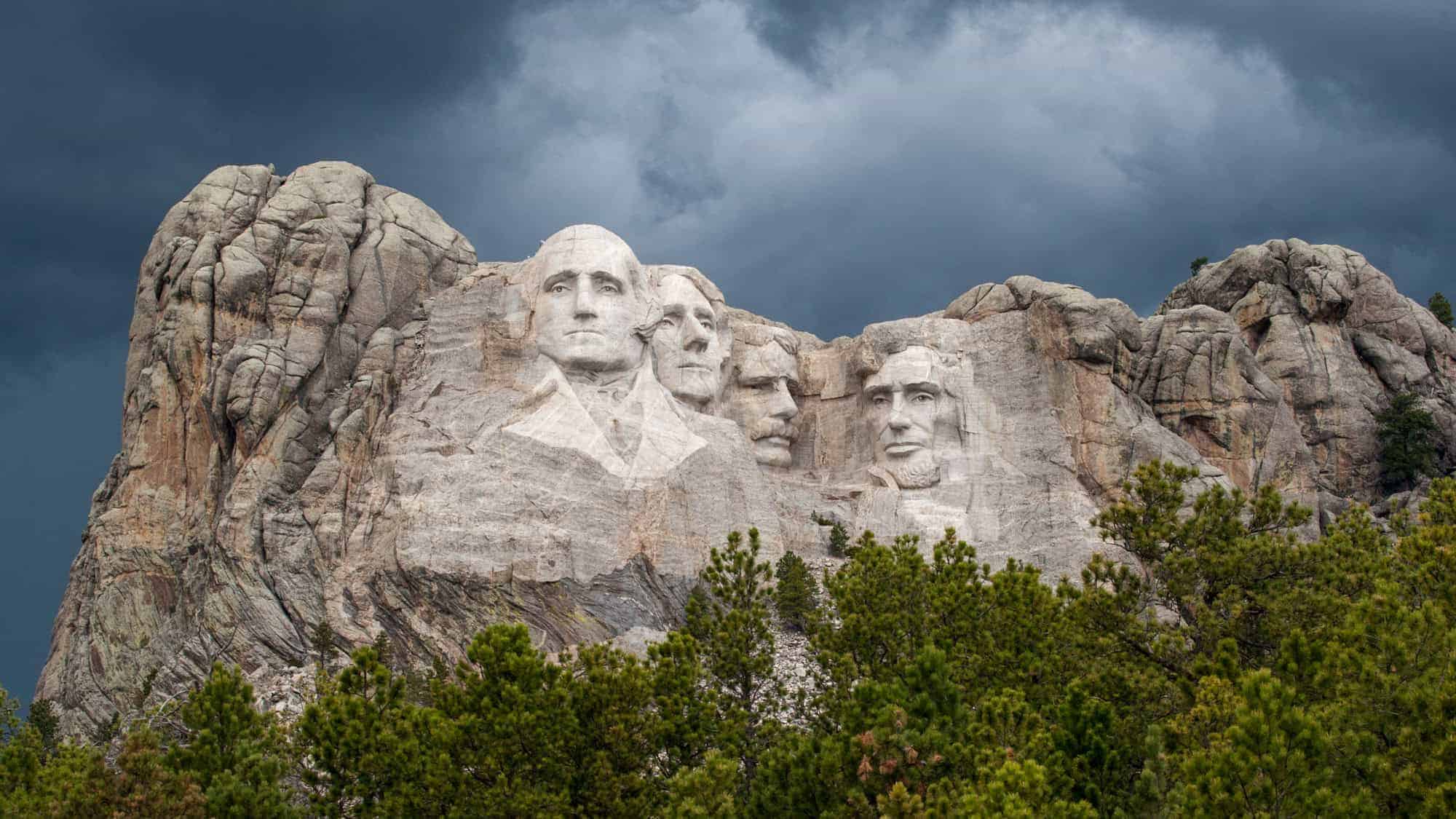
You’d think seeing four giant presidents carved into a granite cliff would be the ultimate “Wow” moment, right? Well, kind of. The reality is that while the craftsmanship is undeniably impressive, from the designated viewing area, the faces feel, dare I say, a bit small.
George, Thomas, Teddy, and Abe, with their solemn, stony expressions, stare out from their perch as if they’re judging your decision to stop at the gift shop. And don’t even try to comprehend the scale unless you brought binoculars. Honestly, these guys are so high up they might as well be judging a mountain goat contest.
That said, the history behind this colossal creation is fascinating, and once you’re there, the sheer concept of carving a mountain into a Presidential Hall of Fame really does feel – well, monumental.
The Treasury – Petra, Jordan

The Treasury in Petra is one of those places that has you thinking it’s going to be a massive, sprawling palace of wonders, until you get there and realize you’re mostly gawking at a single structure. To be fair, it’s an absolutely stunning building, intricately carved into the sandstone cliffs, but much of the building remains buried (how mysterious, right?).
And no, there’s no hidden treasure chest inside, in case you were dusting off your adventure hat. The detail on the exterior is so exquisite that it almost distracts you from the fact that it’s not as tall as you imagined.
Still, standing in the shadows of those ancient pillars does have a certain Indiana Jones-esque charm… even if you leave wondering if the architects forgot the back half of the building.
Blarney Stone – Blarney, Ireland
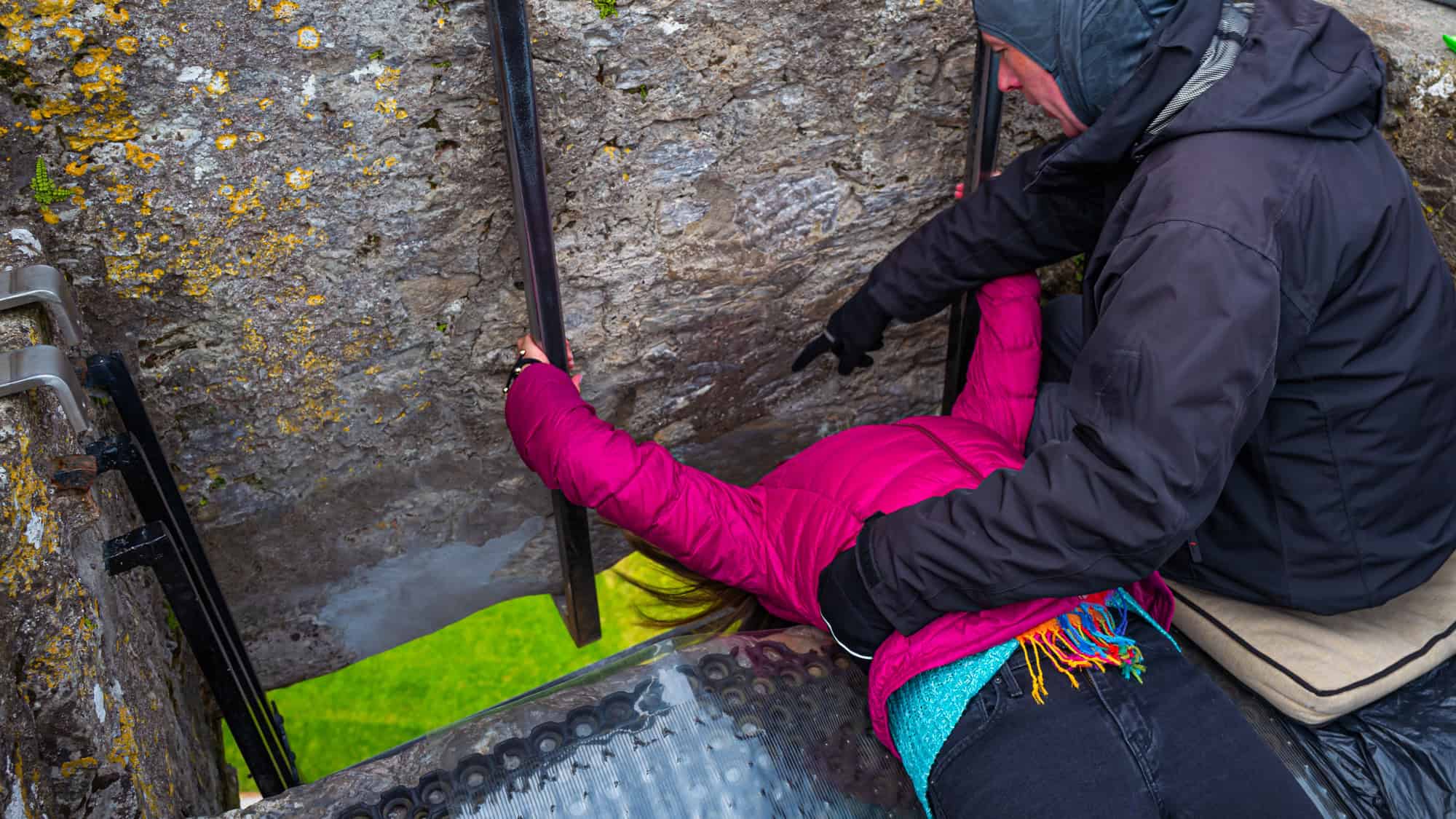
Kissing the Blarney Stone is a tradition that requires equal parts courage and contortion. The stone itself is embedded in the battlement wall of Blarney Castle, and to plant your lips on it, you’re expected to lean backward over a ledge while gripping iron bars for dear life. No pressure, though!
The reward? The “gift of gab,” or so the legend says. What they fail to mention is the slight risk of vertigo and the mild absurdity of locking lips with a glorified rock that thousands of strangers might’ve kissed before you on the same day.
But hey, if it gets you better at storytelling, maybe it’s worth the awkward gymnastics and the occasional questionable hygiene question. Plus, the surrounding scenery of the castle is almost distraction enough from overthinking the whole kissing-a-stone ritual.
Tomb of the Unknown Soldier – Arlington, Virginia

This is one of those places where silence speaks louder than words. At first glance, the marble sarcophagus at the Tomb of the Unknown Soldier feels understated – its simple design matches the solemnity of its purpose.
But standing there in the quiet of the plaza, watching the precision of the soldiers guarding it, you suddenly get it. It’s not about grandeur; it’s about honoring the unimaginable sacrifices made on behalf of the country.
The Changing of the Guard ceremony is mesmerizing, with every click of a shoe and turn of a heel executed perfectly. It’s emotional, thought-provoking, and a stark reminder that sometimes the most meaningful things aren’t the largest, flashiest displays, but the quiet spaces that give you a moment to stop and reflect.
Manneken Pis – Brussels, Belgium
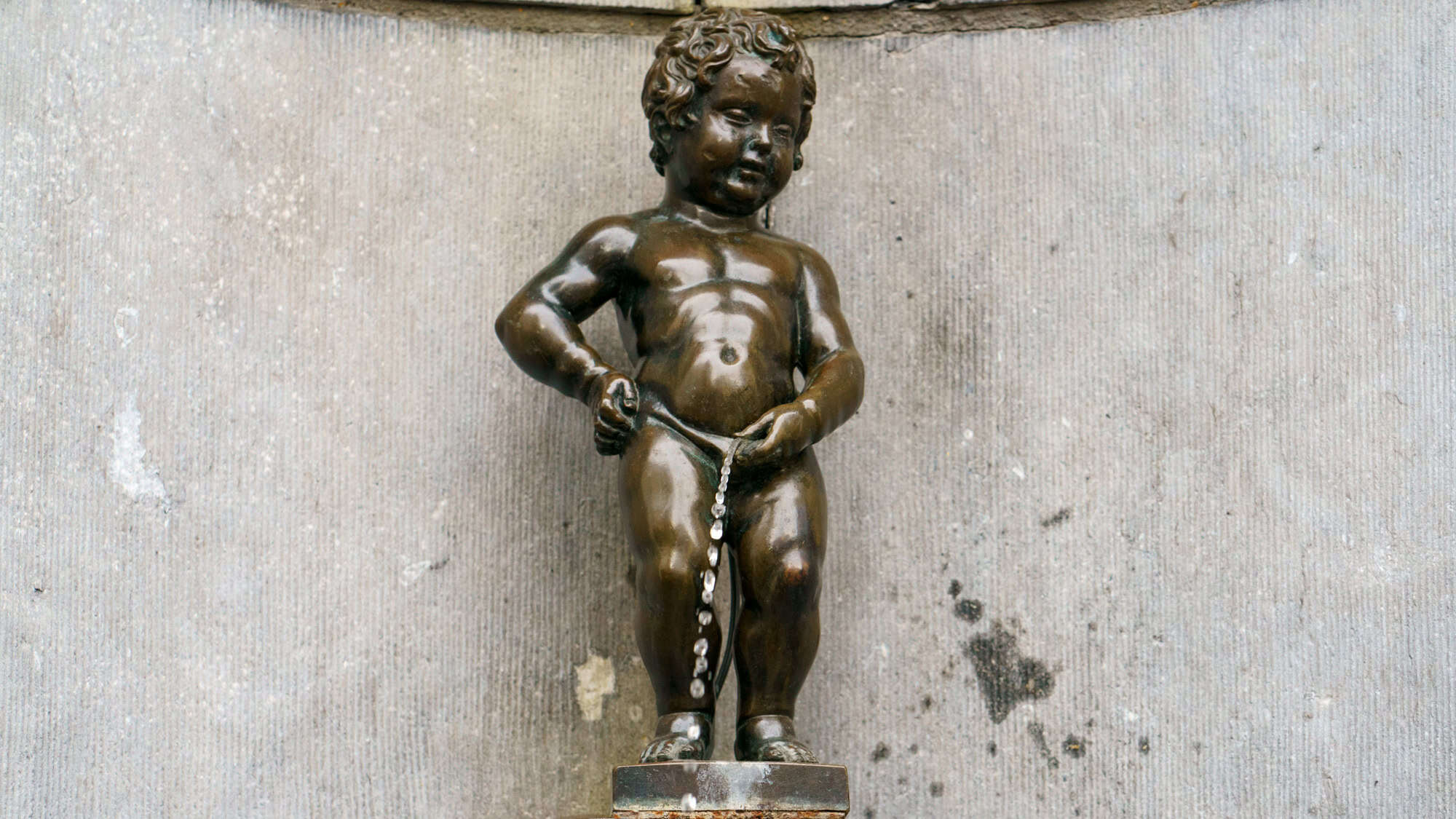
The Manneken Pis is proof that big things really do come in small packages… or, in this case, tiny statues. This bronze sculpture of a little boy doing his business has become an iconic symbol of Brussels, but don’t blink, or you might walk right past it.
At just 24 inches tall, it’s almost laughable how many people gather to admire what’s essentially a charming fountain centerpiece. He’s been redressed in various costumes over the years and even connected to a legend or two.
But honestly, the real fun is watching tourists try to get a halfway flattering photo angle with him in the background. Love it or scratch your head over it, this little guy proves one thing for sure – art doesn’t need to be grand to grab attention.
Mona Lisa – Paris, France

You’d think a painting by Leonardo da Vinci would be, well, grander. But nope, the Mona Lisa comes in at an underwhelming 30 x 21 inches. That’s roughly the size of a kid’s school poster… except this one has its own security force and a constant mob craning over each other for a glimpse.
Add thick bulletproof glass, dim lighting, and the fact that you’re usually negotiating with dozens of tourists wanting selfies, and the experience can feel less “awe-inspiring masterpiece” and more “where’s Waldo in a museum.”
And about that legendary smile? Try squinting through the crowds to feel its mystique. Maybe she’s smiling because she knows the struggle to see her is half the attraction.
The Little Mermaid – Copenhagen, Denmark

The Little Mermaid statue – proof that great things don’t necessarily come in big packages. Tucked away on a rock by the water, this bronze figure stands just 4 feet tall, which is barely taller than your average garden gnome wearing heels.
Tourists arrive expecting an imposing monument straight out of a fairy tale and leave wondering if they got photobombed by a random piece of seaside decor. Adding to her charm are centuries of wear and tear (and by that, I mean vandalism, because apparently even mermaids can’t escape the drama).
But she’s got her devoted fans, all trying to snap proof they made the pilgrimage, even if she’s dwarfed by the sea behind her. You’ve heard of life imitating art? Here, it’s art overshadowed by literally everything around it.
Plymouth Rock – Plymouth, Massachusetts
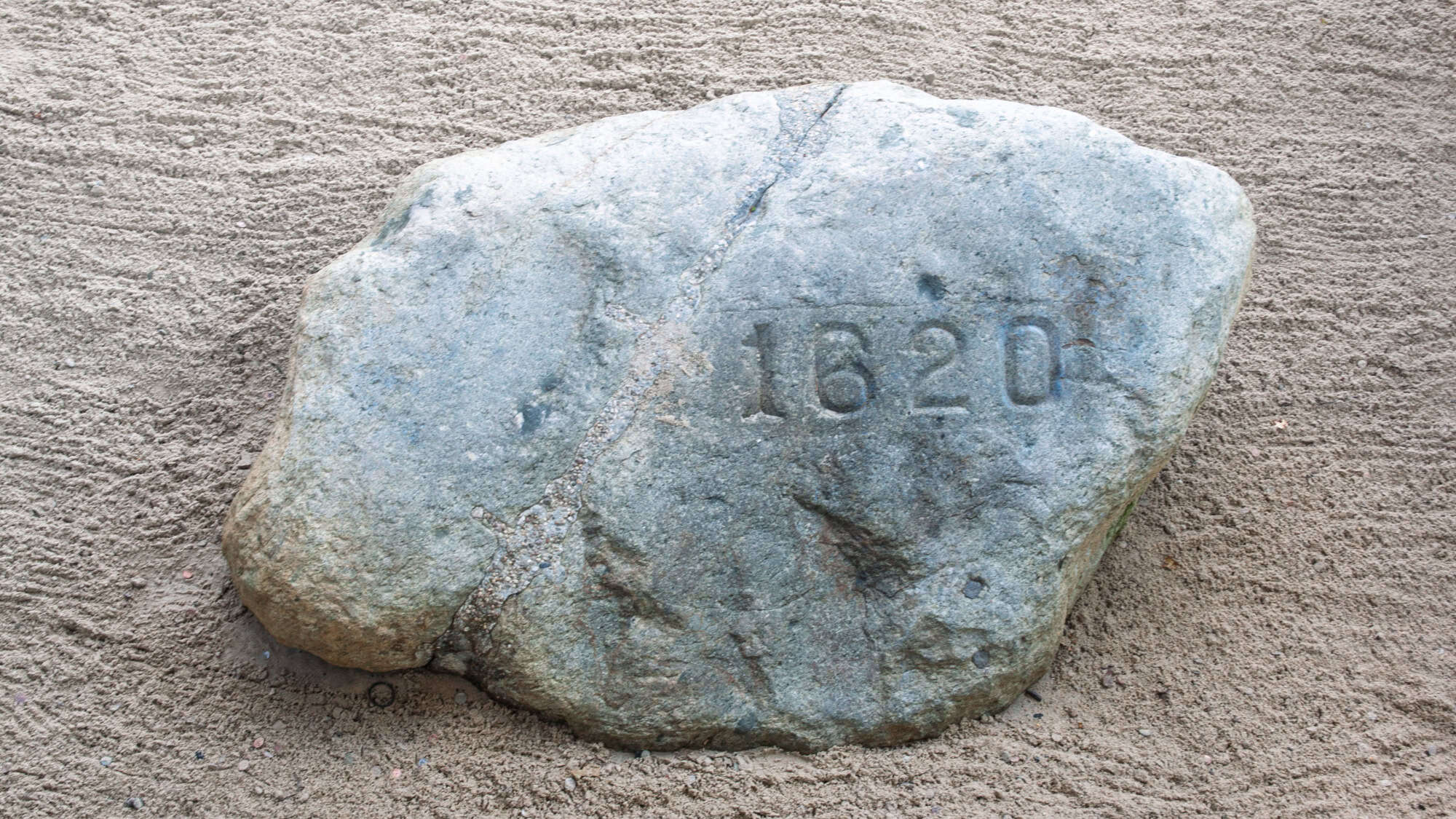
“Behold, the mighty Plymouth Rock!” someone might declare – only to be met with confused silence. This monument to the Pilgrims and their 1620 landing site is, at best, underwhelming. At a mere 3 feet long, it’s safe to say expectations were misplaced.
Some visitors show up geared up for history, imagining a majestic boulder that screams “early American grit,” only to be greeted by an awkward rock surrounded by a protective grille that makes it look more like an exhibit at a petting zoo.
And don’t bother trying to figure out how accurate it is, either – historians themselves can’t decide if this is the actual landing spot or if it’s just a rumor turned tradition. But hey, nothing says “historic moment” quite like shrugging at a rock, right?
Juliet’s Balcony – Verona, Italy
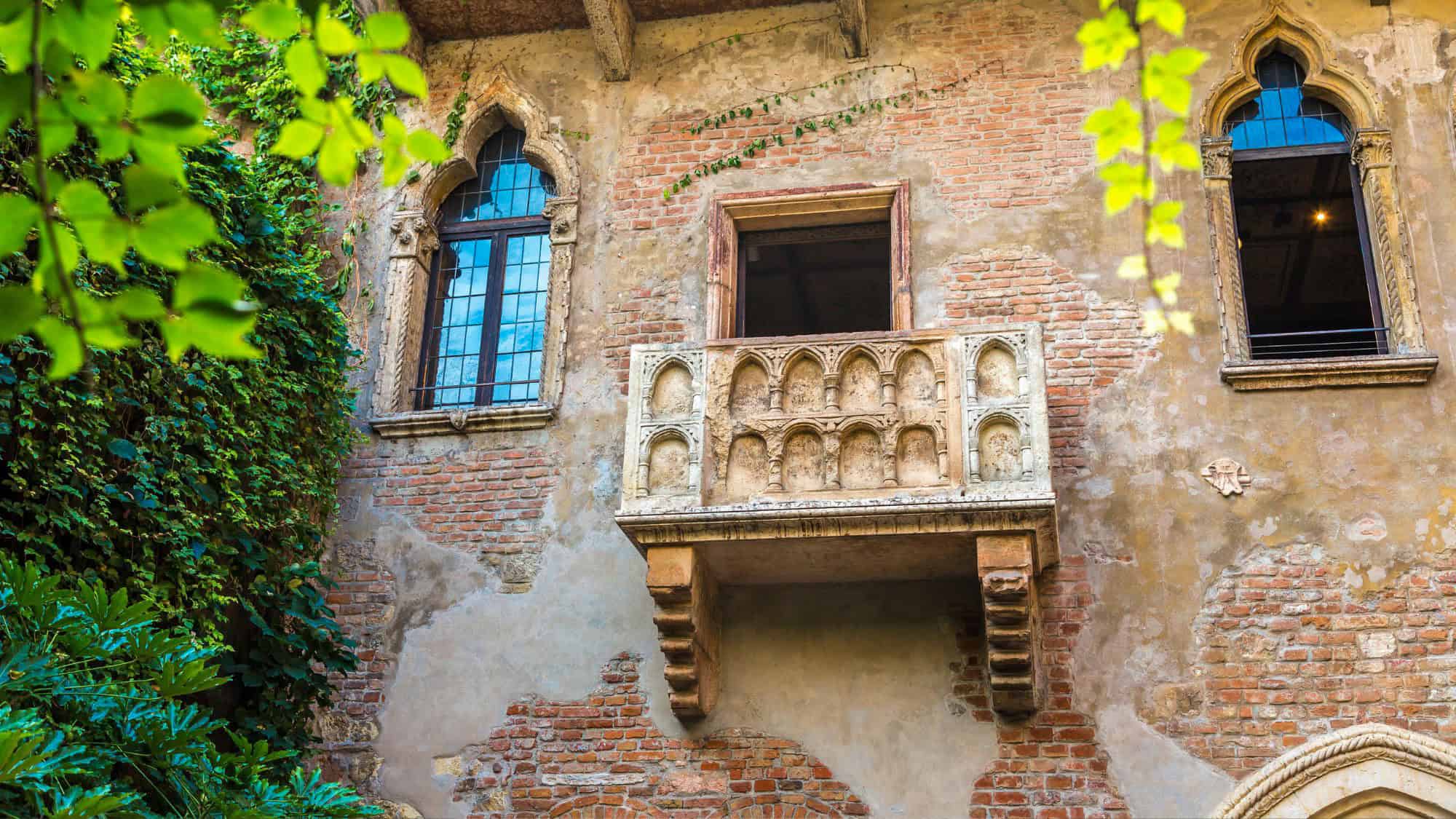
Young love; what’s more romantic than visiting Juliet’s famed balcony in Verona? Well, turns out, a lot of things. For starters, this iconic “balcony” wasn’t even built until the 20th century, which makes it about as authentic to Romeo and Juliet as adding a Wi-Fi router would be.
Waves of starry-eyed tourists flock to the small stone platform, imagining Shakespearean romance while elbowing strangers for a spot to snap their love story into posterity.
Want the full experience? Grab a sharpie to leave your name on the wall (an entirely illegal but wildly popular tradition) or rub the bronze statue of Juliet for good luck in love. Who knew staged nostalgia and forced romance would pair so well?
The Hollywood Sign – Los Angeles, California
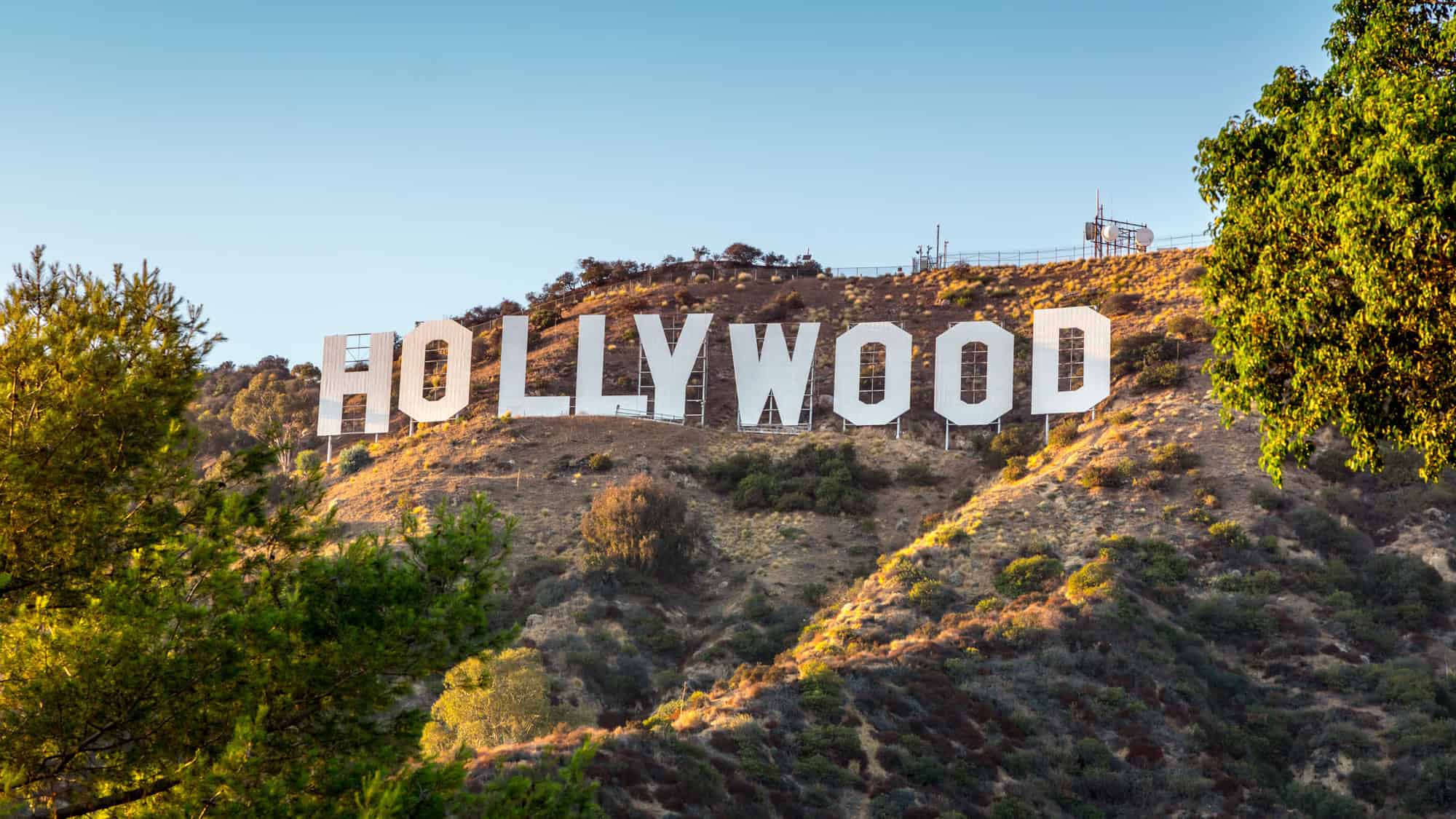
The Hollywood Sign is the ultimate beacon for starstruck dreamers and, well, amateur hikers. Those iconic 45-foot-tall letters look impressive in photos, but in real life? Good luck. Thanks to distance and the sprawling hillside it sits on, you’ll find yourself squinting from miles away while standing on a random street corner.
Even if you manage to hike closer, there’s a giant fence preventing you from reaching it. Turns out, the sign is more camera-shy than most celebrities.
Originally an ad for a housing development in the 1920s, it’s since become a worldwide symbol of showbiz glamour… and frustration for anyone hoping to actually visit it. To put it simply, the Hollywood Sign is best enjoyed for what it is, a distant dream in every sense.
Like Our Content? Follow Us On MSN (or click the Follow Button above) to see more from Traveling In Focus.




